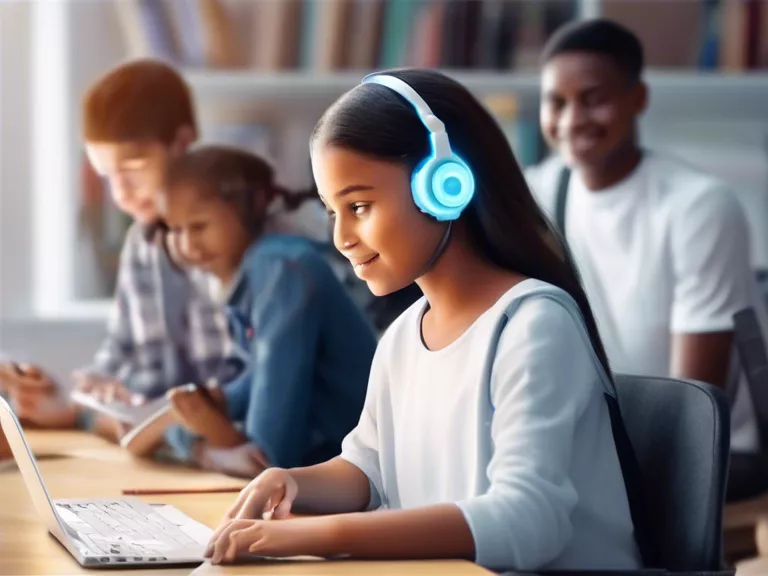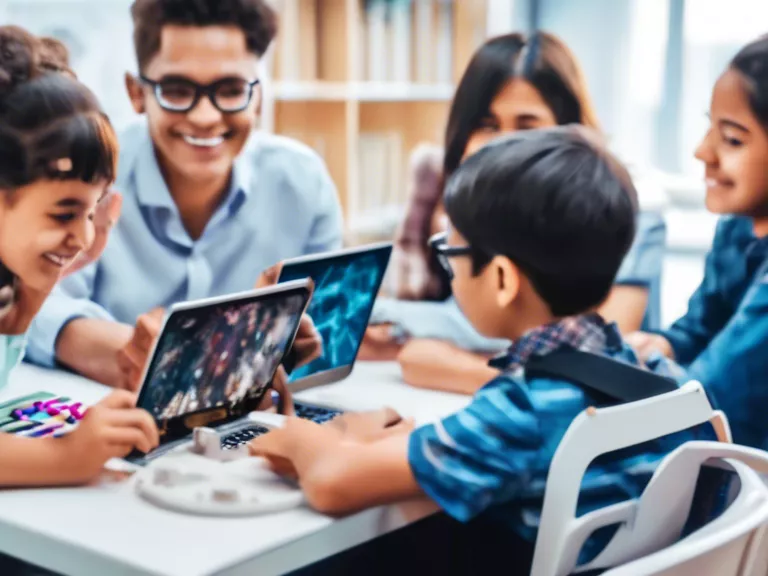
Virtual reality (VR) is revolutionizing history lessons by providing students with immersive experiences that bring the past to life. Through VR technology, students can explore different historical periods, visit famous landmarks, and even interact with historical figures. This interactive approach to learning is transforming the way history is taught in classrooms, making it more engaging and impactful for students.
With VR, students can step into historical settings and experience events firsthand. For example, instead of just reading about the Civil War, students can put on a VR headset and find themselves in the middle of a battlefield, surrounded by soldiers and the sounds of gunfire. This immersive experience helps students better understand the context of historical events and can make the past feel more real and tangible.
In addition to visiting historical sites, VR technology also allows students to interact with historical figures. Imagine having a virtual conversation with Abraham Lincoln or watching Martin Luther King Jr. deliver his "I Have a Dream" speech. These experiences help students develop a deeper connection to the people who shaped history and can inspire them to learn more about the past.
Furthermore, VR can make history lessons more inclusive and accessible. Students who may struggle with traditional teaching methods can benefit from the visual and interactive nature of VR. By providing a more engaging learning experience, VR can help all students, regardless of their learning styles, better understand and appreciate history.
Overall, virtual reality is transforming history lessons by providing students with immersive experiences that make the past come alive. By incorporating VR technology into the classroom, educators can create more engaging and impactful learning experiences that inspire students to explore and appreciate history in new ways.



